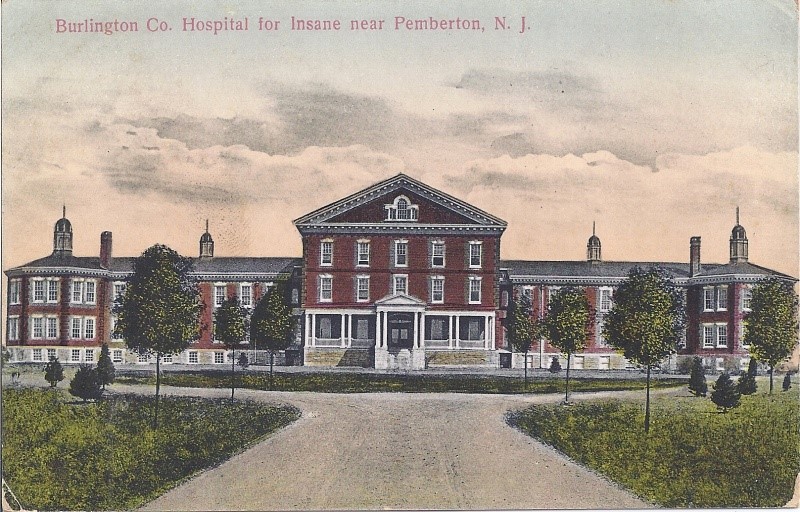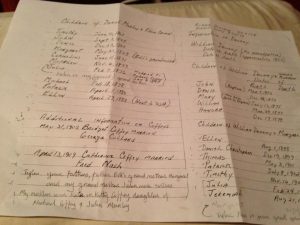
With Mother’s Day last Sunday and the wedding tomorrow of Miss Meghan Markle and Prince Harry of Wales, I thought I would write a post on some of her maternal ancestors. Often on Mother’s Day, genealogists consider their matrilineal ancestry as a way to honor their female ancestors.
The chronology of Meghan’s maternal grandmother was a challenging one. Reflecting modern life, over the course of a few generations women were married multiple times; sometimes their daughters’ surnames changed to those of their stepfather (sometimes much later in life!), and mothers’ maiden surnames were sometimes listed under their mothers’ later husbands’ names. I have summarized the line below with the relevant facts and sources. All ancestors are listed as black on the records when asked. The earliest generations of this family would have been enslaved until the end of the Civil War. Continue reading Meghan Markle’s maternal family






